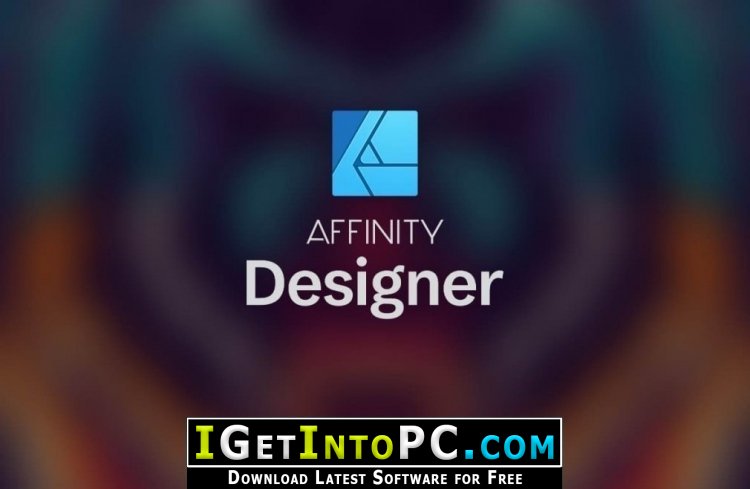


While the program is equipped with a broad range of effects, and supports an expanded selection of vector shapes and the ability to load Photoshop brushes (.abr files), it lacks the capability to import libraries of Photoshop patterns (.pat) and custom shapes (.csh), which may give pause to designers who have amassed large libraries for these design elements. Affinity Designer’s Studio provides some of the same features-color swatches, effects, brushes and styles-but these are rudimentary in comparison. Illustrator CC offers multiple Workspaces pre-set for different types of design jobs-web design, automation and pre-press proofing to name a few-and the ability to create a custom Workspace. Workspace FeaturesĪffinity Designer comes up short against Adobe Illustrator in workspace options. For example, pattern overlays and other effects or filters can get dropped from imported PSD files and imported AI files may not preserve grouped objects. Exporting completed files is easier as the separate export dialog saves to EPS, PDF, PNG, JPG, GIF and TIFF formats.īecause Adobe offers a broader range of features and settings, some of these may not be preserved when importing into Affinity Designer.

Despite being a vector editor, Affinity Designer exports to PSD instead. Saving back to AI, however, is not possible. Updating outdated logos in a native AI file created in CS2 can be completed within Affinity Designer in minutes. While other non-Adobe programs could convert PSD or EPS files and open in a non-editable format, Affinity Designer is able to open and edit PSD, AI and EPS with relative ease. Whether sharing working files with a team or updating templates created on another platform, compatibility is an issue that very few graphics programs have addressed in the past. For example, the current release of Affinity Designer does not include a perspective grid or column graph tool. Users who are dependent on classic Photoshop tools such as the magic wand or cloning brush will need to spend another $49.99 for Affinity Photo, Affinity Designer’s sister program, released in 2015.Įxperienced vector artists and infographic designers will find a noticeable lack of the more advanced tools found in Illustrator CC. For designers who work in Photoshop and Illustrator simultaneously, using Affinity Designer may be a time saver. With the persona toolbar-which divides vector, pixel and export tools into three separate sets-users can switch between tool sets without interruption to workflow. The learning curve is more like a gentle slope for designers experienced in Illustrator or Photoshop.Īffinity Designer comes with all the standard pen and shape tools to complete complex vector and pixel-based artwork. Budding designers will find all the necessary tools clearly organized and accessible and the default toolbars and keyboard shortcuts will feel familiar to Adobe users. With the ability to edit and create pixel layers, Affinity Designer ostensibly functions as an Illustrator/Photoshop hybrid-but could it be an attractive alternative to designers who work frequently in both programs? Does Affinity Designer offer enough features to sway long-time Adobe users? Or is it better suited for beginners? Tool setsįor new designers and old pros, Affinity Designer offers a modern, intuitive user interface that allows users to transition almost seamlessly between it and Illustrator.
#Serif affinity photo professional#
Available for $49.99, Affinity Designer could be easily dismissed as another cheap graphics program aimed at amateurs, but it was created specifically for professional designers accustomed to working in a Mac environment.
#Serif affinity photo software#
Now the company is taking on the graphics software market for Mac. Serif was established in the 1990s as a developer of low-cost, PC/Windows desktop publishing software for entry-level users. What is Affinity Designer?Ĭreated by UK-based Serif Labs, Affinity Designer is a vector graphics editor designed as an alternative to Adobe’s Illustrator. But does it deliver? We took a look at three essential design components-tool sets, import/export file capability and workspace features-and reviewed how Affinity Designer stacks up in comparison with Illustrator.


 0 kommentar(er)
0 kommentar(er)
